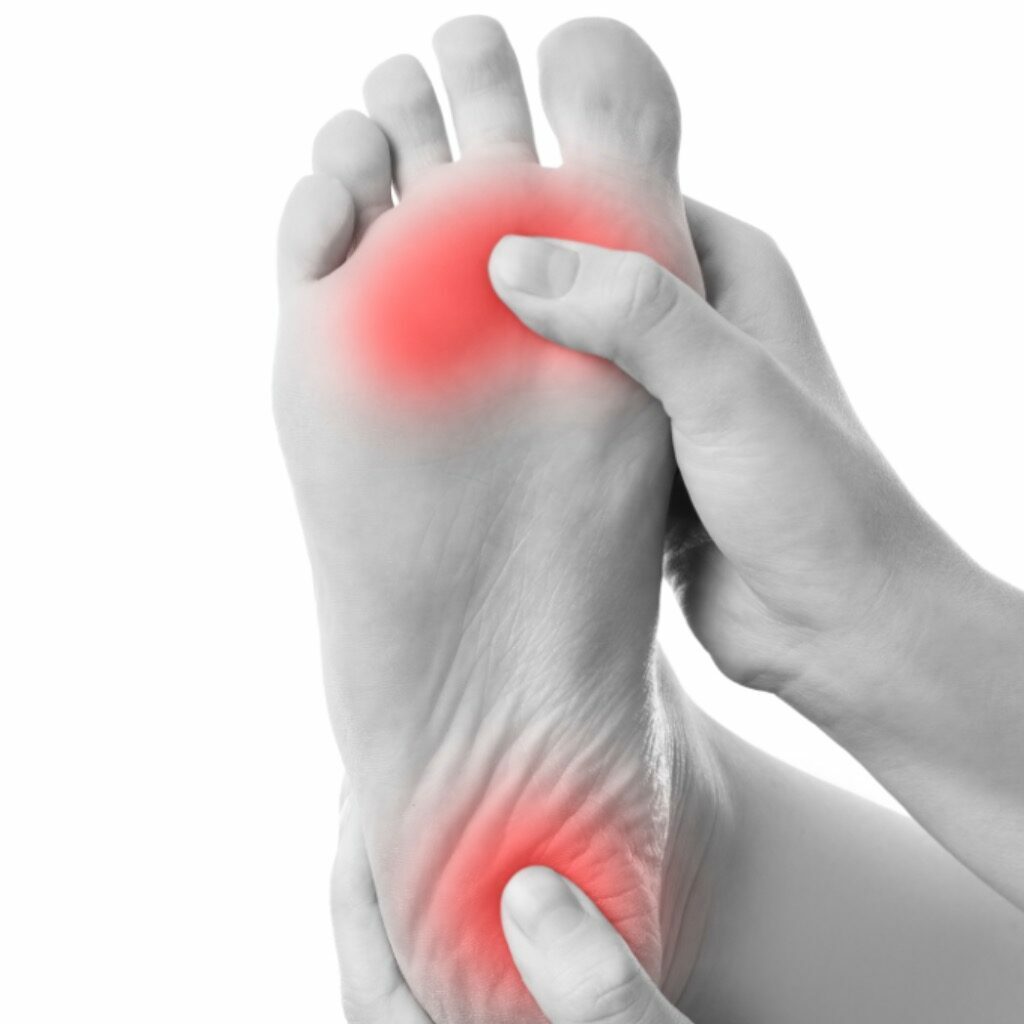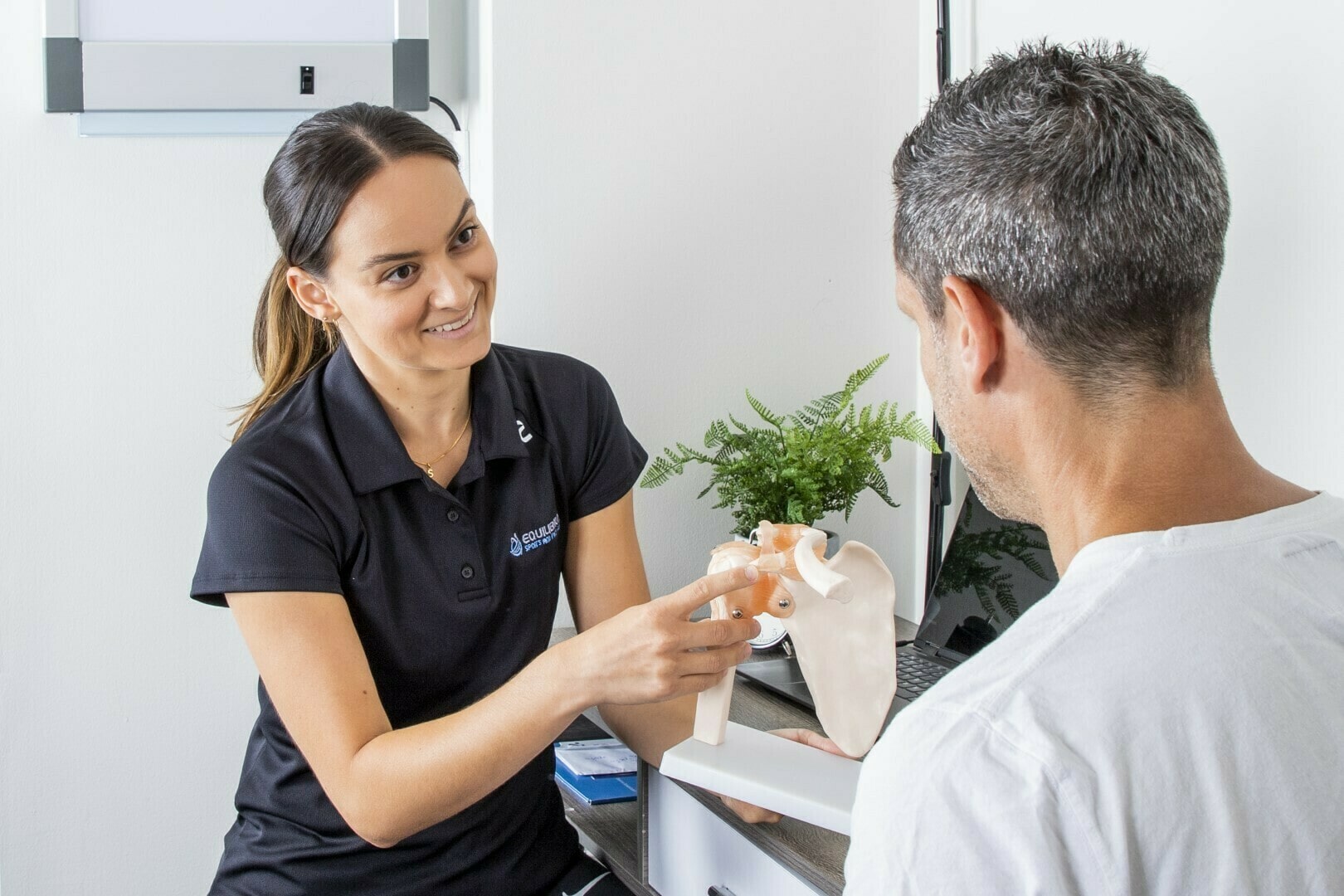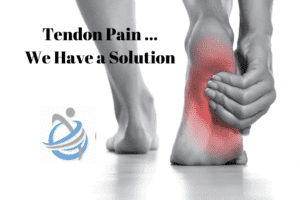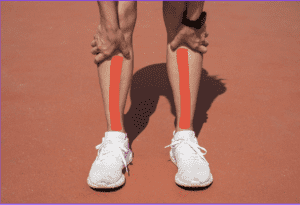The very mention of this ailment will have the majority of you runners cringing and reaching for the ice pack. But it is also a condition which is often misunderstood, misdiagnosed and therefore mistreated, which always leads to frustration. BUT rest assured with a proper diagnosis and injury management your foot pain can be just another story you recall on those long trail runs!
Plantar Fasciitis is the pulling and micro tearing of the ligament like structure under the foot called the plantar fascia. This ligament is there to support and maintain the arch of the foot and connects the heel to the base of the toes. Pain results, most commonly near the heel, when this ligament is strained.
The causes of Plantar Fasciitis will vary from patient to patient. Some factors to consider are: age, gender weight, time spent on your feet be it work hours or training hours, the surface (ie concrete) starting a new activity, increasing your current activity, foot biomechanics (excessive pronation – rolling inwards), poor shoe support or old shoes and tight muscles are all some of the causes.
Ordinarily our plantar fascia is able to support us in our daily life. But if we are subjective to the stress and strain of some of the causes listed above, the ligament takes on excessive load and can lead to tearing at its insertion (near the heel ) or along the arch resulting in acute pain. Bone spurs or heel spurs are often talked about in conjunction with Plantar Fasciitis. The numbers show that about 50% of suffers will have a spur. Spurs are the bodies way of trying to repair itself and are rarely associated with pain.
Some of the common symptoms of Plantar Fascia are:
- Morning Stiffness or pain
- Burning or aching pain at the end of the day.
- Pain in the first few steps after prolonged periods of sitting
- Pain with exercise or activity.
Because the Plantar Fascia is located at the bottom of our foot, it is extremely hard to rest and allow the healing process to begin. It is this reason we often see patients suffering with this condition for longer than necessary. With early intervention, correct management and advice healing time can be significantly improved.
So how do we treat it?
As with any musculoskeletal condition, treatment will vary from patient to patient. The key factor is to ensure your treatment is focused at both relieving your symptoms but also identifying the underlying cause of your problem. At Equilibrium Sports and Spinal clinic we have found some great results with SHOCKWAVE therapy ( Read more)
Muscles / Biomechanics:
In most cases we see tightening of the Gastrocnemius and Soleus muscles – your calf – so this needs to be addressed. An assessment of the strength of this and other muscles of the lower limb should also be made. Weakness may lead to a bio-mechanical dysfunction and irritation. There are also the small muscles of the foot and ankle to consider, not to mention the large muscles of the hip and upper limb. Yes we do look that far away from your foot to ensure we are not missing any aspect which may contribute to the cause of your plantar fasciitis pain.
Rest:
You may be required to rest for a short period of time, to allow the inflammation to settle. Ice may be beneficial here.
Shoes:
Your foot-ware is an important factor. How worn your shoes may be as well as the type of shoe you are wearing, all contribute to your overall biomechanics and potential to cause problems. Avoid old or worn out shoes, or walking on hard surfaces without shoes.
Heel pads and arch supports:
You can buy various pads and shoe inserts to cushion the heel and support the arch of your foot. These aids are more effective if worn 100% of the time, and should be prescribed by a professional.
Exercise Prescription:.
Once your strengthens and weakness have been identified and the cause of your Plantar Fasciitis identified, a specific program can be tailored to your needs. This will reduce the likelihood of further damage and hopefully prevent the condition from re-occurring.
So, as you can see there are multiple areas to consider when treating Plantar Fasciitis – BUT the main thing to remember is that it is a very treatable condition. With early intervention and management, you should see minimal time off your feet and more time on them running the trails you love to run.
Stay healthy, train hard and enjoy your running.









